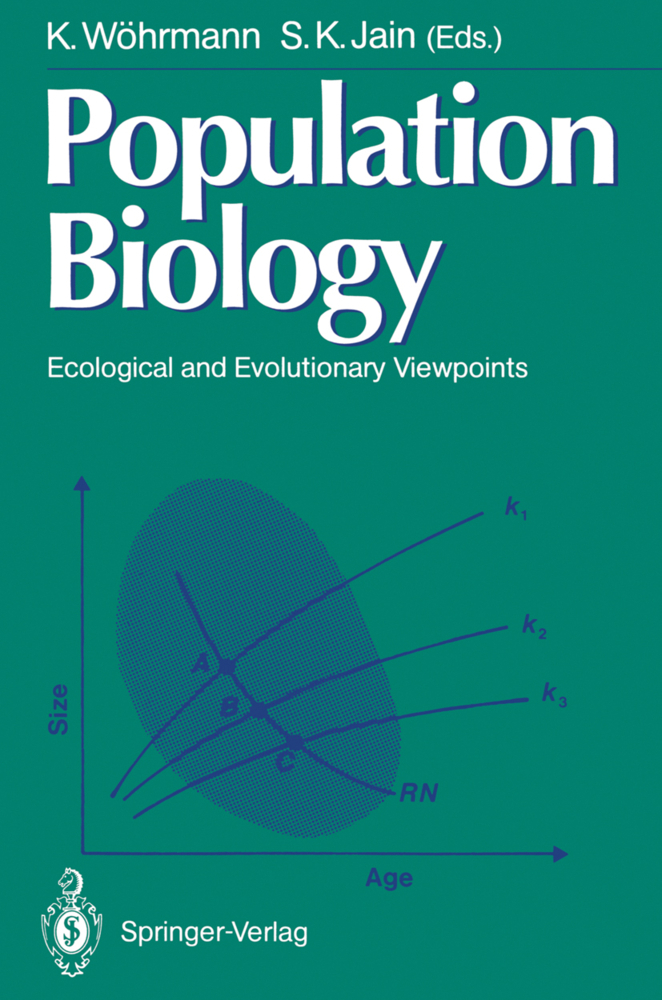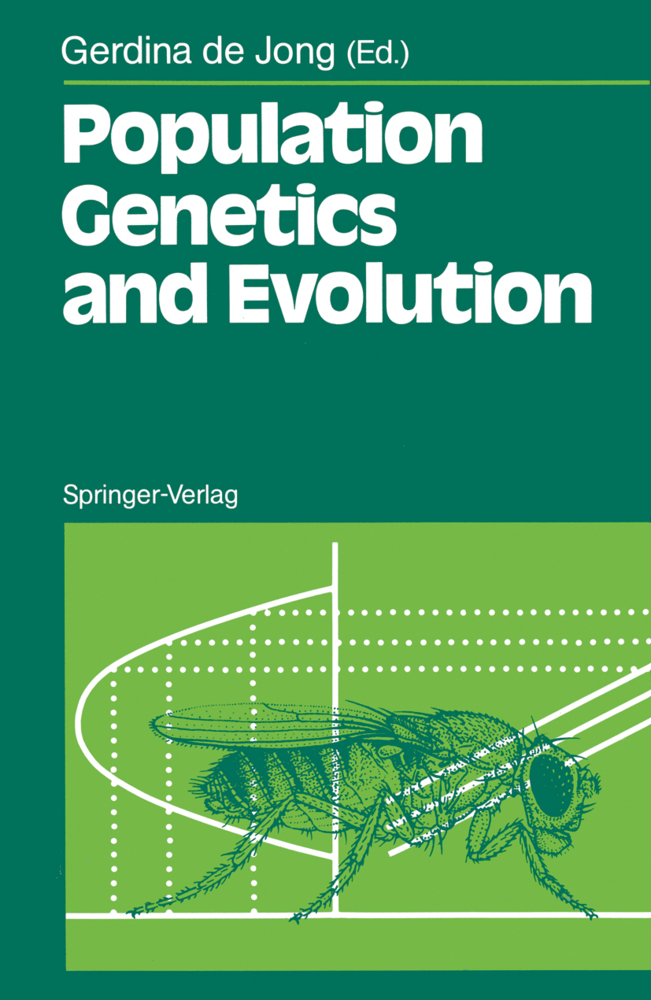Chemical Evolution and the Origin of Life
Chemical Evolution and the Origin of Life
How did life begin on the early Earth? We know that life today is driven by the universal laws of chemistry and physics. By applying these laws over the past ?fty years, en- mous progress has been made in understanding the molecular mechanisms that are the foundations of the living state. For instance, just a decade ago, the ?rst human genome was published, all three billion base pairs. Using X-ray diffraction data from crystals, we can see how an enzyme molecule or a photosynthetic reaction center steps through its catalytic function. We can even visualize a ribosome, central to all life, translate - netic information into a protein. And we are just beginning to understand how molecular interactions regulate thousands of simultaneous reactions that continuously occur even in the simplest forms of life. New words have appeared that give a sense of this wealth of knowledge: The genome, the proteome, the metabolome, the interactome. But we can't be too smug. We must avoid the mistake of the physicist who, as the twentieth century began, stated con?dently that we knew all there was to know about physics, that science just needed to clean up a few dusty corners. Then came relativity, quantum theory, the Big Bang, and now dark matter, dark energy and string theory. Similarly in the life sciences, the more we learn, the better we understand how little we really know. There remains a vast landscape to explore, with great questions remaining.
From the Planets to Interstellar Matter
"Chemical Evolution"
Peptides and Proteins: the "Protein World"
The "RNA World"
Other Theories and Hypotheses
The Genetic Code and Other Theories
Basic Phenomena
Primeval Cells and Cell Models
Exo/Astrobiology and Other Related Subjects.
Historical Survey
The Cosmos, the Solar System and the Primeval EarthFrom the Planets to Interstellar Matter
"Chemical Evolution"
Peptides and Proteins: the "Protein World"
The "RNA World"
Other Theories and Hypotheses
The Genetic Code and Other Theories
Basic Phenomena
Primeval Cells and Cell Models
Exo/Astrobiology and Other Related Subjects.
| ISBN | 978-3-642-09763-8 |
|---|---|
| Artikelnummer | 9783642097638 |
| Medientyp | Buch |
| Copyrightjahr | 2010 |
| Verlag | Springer, Berlin |
| Umfang | XXIII, 339 Seiten |
| Abbildungen | XXIII, 339 p. |
| Sprache | Englisch |









